David Slade Talks About Rob and “Eclipse”
>> 2010/09/20
From The Province:
Slade started work on Eclipse when the second Twilight movie, New Moon, was finished but before it had been released.
“This huge, enormous zeitgeist of a thing hadn’t quite happened yet,” he says, adding that when the tide of screaming fans did build around the film set, he was too busy to pay much attention,
The film’s security people would erect fences at exterior locations to keep fans far away, and Slade would be at work in the back of a car for the ride to set each day. “Just getting it done became a thousand questions — swatch cards, costume approvals, storyboards. I would have my head in my notes.”
He remembers seeing fans with flowers standing in the rain as cast and crew left work after an all-night shoot in the woods one night. “I’ve got a lot of respect for those kids — God that’s tenacity. I have a lot of time for the subcultures that bring kids together, regardless of subject matter. Often it’s just a good solid source for people to bond.”
Slade says he saw Eclipse as more of a romance.
“Within the two pulling forces of romance and terror, I wanted to try and sample both,” he says. “I don’t think they really did it [in the previous Twilight movies] so much. I wanted Rob [Pattinson] to be scary. I wanted him to have a visceral quality, where a flash of his eyes kind of made it look like he could kill.”
Slade says he approached Eclipse as a standalone film. “There are films that came before, and you inherit cast and crew . . . but I really didn’t spend any time studying the other movies.”
He says he met more than once with each actor individually before starting rehearsals together, “background cast, all the Cullen family, the wolves, all those guys — as many as I possibly could in the time that I had.”
He got them to talk about what they liked and didn’t like about the earlier films, and in subsequent meetings he talked with them about what he wanted.
“You have to take the best of what they’ve done, acknowledge that it’s good, and what’s not good, take them to a good place to start work,” he says.
Another thing he did was to move video monitors away from the set, so the actors wouldn’t worry about what they looked like.
“They concentrated on the moment, that I felt worked,” he says. “Particularly people who are doing they same role several times . . . they could be [saying] ‘Am I doing that look again?’”
Slade talks about scene structure, saying most scenes have the same three-act form as an entire movie, and quotes Plato on the balance between craft and form.
“I’m going to sound like a wanker now for mentioning Plato,” says Slade. “For Twilight, we’re not talking about the greatest art, but about trying to create something that works, that people respond to.”
Slade started work on Eclipse when the second Twilight movie, New Moon, was finished but before it had been released.
“This huge, enormous zeitgeist of a thing hadn’t quite happened yet,” he says, adding that when the tide of screaming fans did build around the film set, he was too busy to pay much attention,
The film’s security people would erect fences at exterior locations to keep fans far away, and Slade would be at work in the back of a car for the ride to set each day. “Just getting it done became a thousand questions — swatch cards, costume approvals, storyboards. I would have my head in my notes.”
He remembers seeing fans with flowers standing in the rain as cast and crew left work after an all-night shoot in the woods one night. “I’ve got a lot of respect for those kids — God that’s tenacity. I have a lot of time for the subcultures that bring kids together, regardless of subject matter. Often it’s just a good solid source for people to bond.”
Slade says he saw Eclipse as more of a romance.
“Within the two pulling forces of romance and terror, I wanted to try and sample both,” he says. “I don’t think they really did it [in the previous Twilight movies] so much. I wanted Rob [Pattinson] to be scary. I wanted him to have a visceral quality, where a flash of his eyes kind of made it look like he could kill.”
Slade says he approached Eclipse as a standalone film. “There are films that came before, and you inherit cast and crew . . . but I really didn’t spend any time studying the other movies.”
He says he met more than once with each actor individually before starting rehearsals together, “background cast, all the Cullen family, the wolves, all those guys — as many as I possibly could in the time that I had.”
He got them to talk about what they liked and didn’t like about the earlier films, and in subsequent meetings he talked with them about what he wanted.
“You have to take the best of what they’ve done, acknowledge that it’s good, and what’s not good, take them to a good place to start work,” he says.
Another thing he did was to move video monitors away from the set, so the actors wouldn’t worry about what they looked like.
“They concentrated on the moment, that I felt worked,” he says. “Particularly people who are doing they same role several times . . . they could be [saying] ‘Am I doing that look again?’”
Slade talks about scene structure, saying most scenes have the same three-act form as an entire movie, and quotes Plato on the balance between craft and form.
“I’m going to sound like a wanker now for mentioning Plato,” says Slade. “For Twilight, we’re not talking about the greatest art, but about trying to create something that works, that people respond to.”






























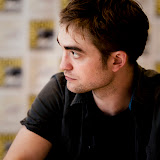






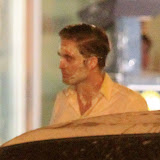






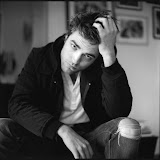
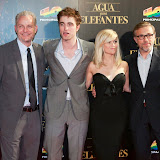


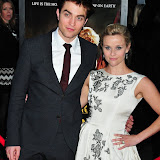




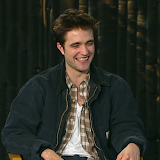
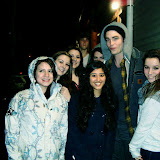






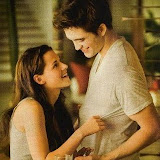
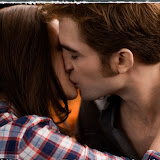
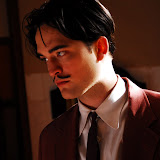
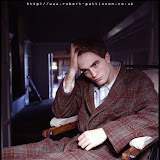
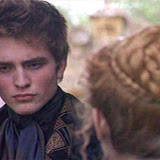

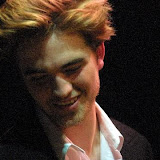


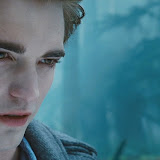

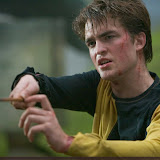

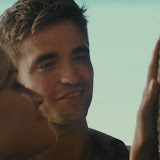

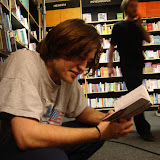


0 comments:
Post a Comment